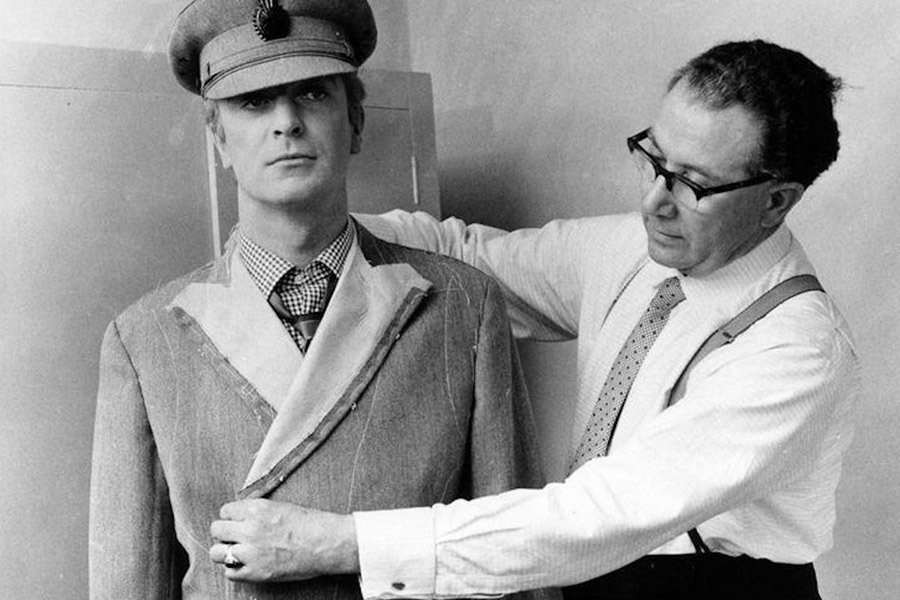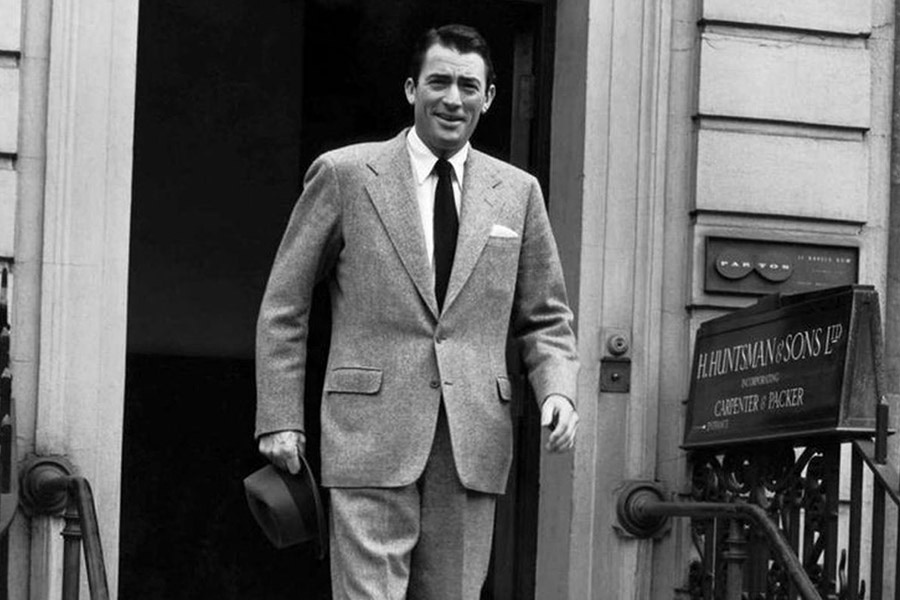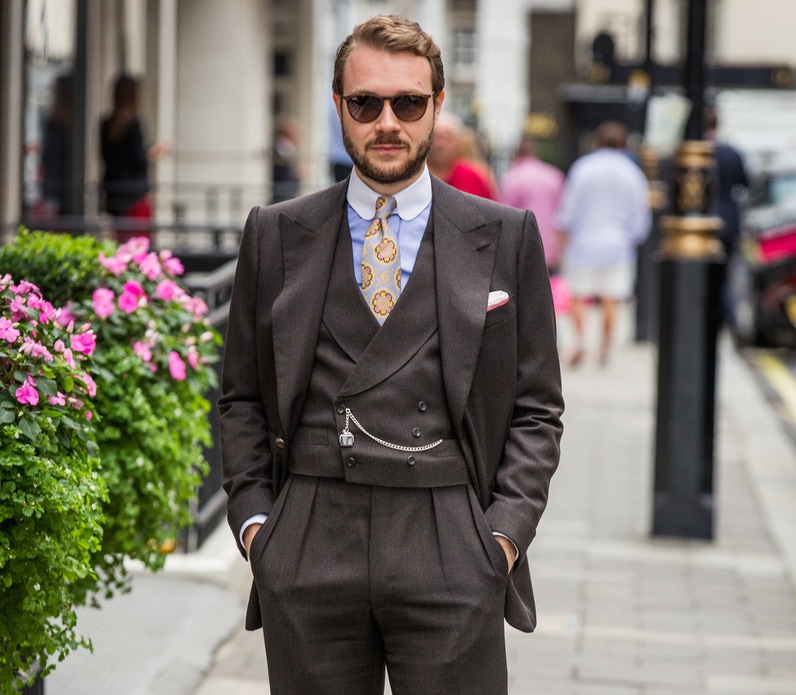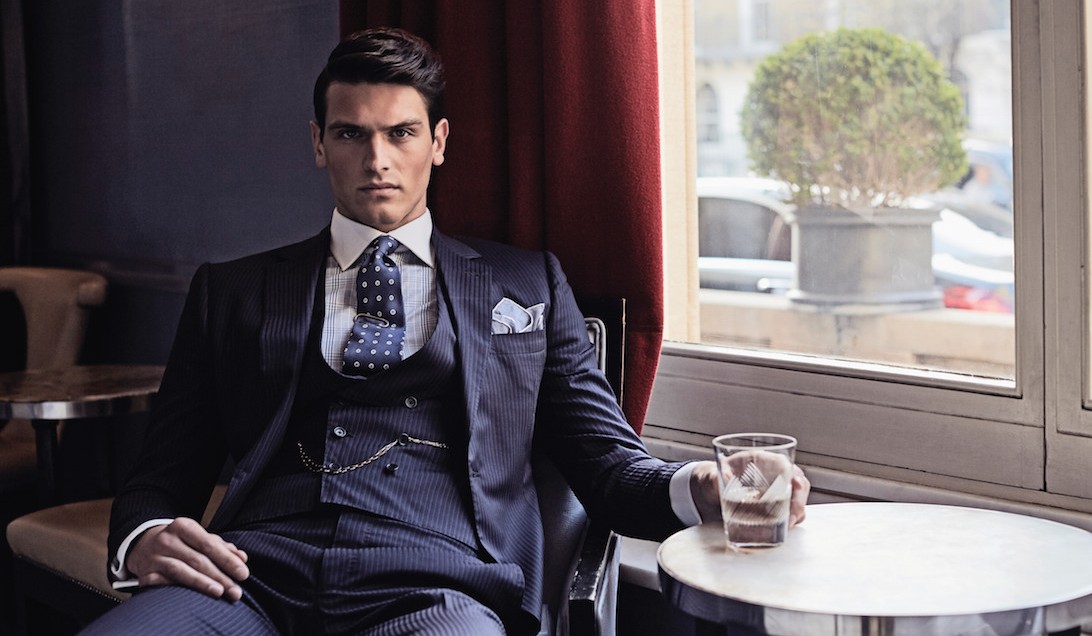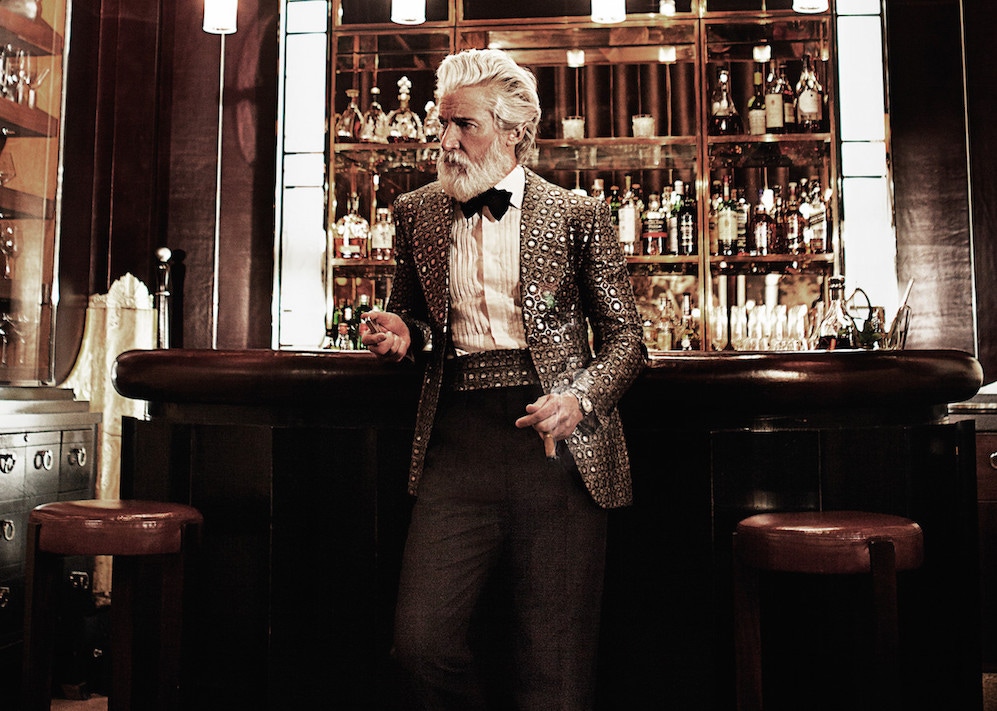5 Unbreakable Rules of Tailoring
We're big advocates of swimming against the tide, but when it comes to dressing well, sometimes it's best to stick to the rules.

There are plenty of "rules" attached to how to dress, especially in the realm of menswear and, more specifically, tailoring. While some could be deemed old-fashioned, there are certain points that still warrant attention – and for good reason. Do not worry, there is still plenty of room for self-expression. In fact, your whimsical affectations will have more gravitas when they are grounded with the below guidelines.
1) Only one buttonhole in the lapel
The lapel buttonhole you see on jackets today evolved from military tunics, which were originally designed so the lapels could be folded up and fastened, attaching to a button underneath the opposite lapel. This detail was adapted into everyday wear, as it was a useful position to wear a flower, and thoughtful tailors even added a loop to the underside to keep the stem in position. It's also an elegant place to keep a watch-chain attached to a half-hunter or, perhaps, a cigar cutter. But there is no reason on God’s Earth to have two parallel buttonholes in one lapel. They are a favourite with local newsreaders who may even select contrasting tones just to be “different”.
2) No belt-loops on formal wear
Belts have their place. I prefer suits where the trousers are self-supported or suspended by braces but many well-dressed men wear smart leather belts with their tailoring. However, they have no place in formalwear. Trousers worn with morning dress should have side-adjusters and/or buttons for braces. The glimpse of a belt under a waistcoat is unsightly at the best of times. Wearing a belt with black tie is a privilege reserved for waiting staff. For white tie (evening tails) I actually do not even like side-adjusters and prefer the trousers to be exclusively for braces.
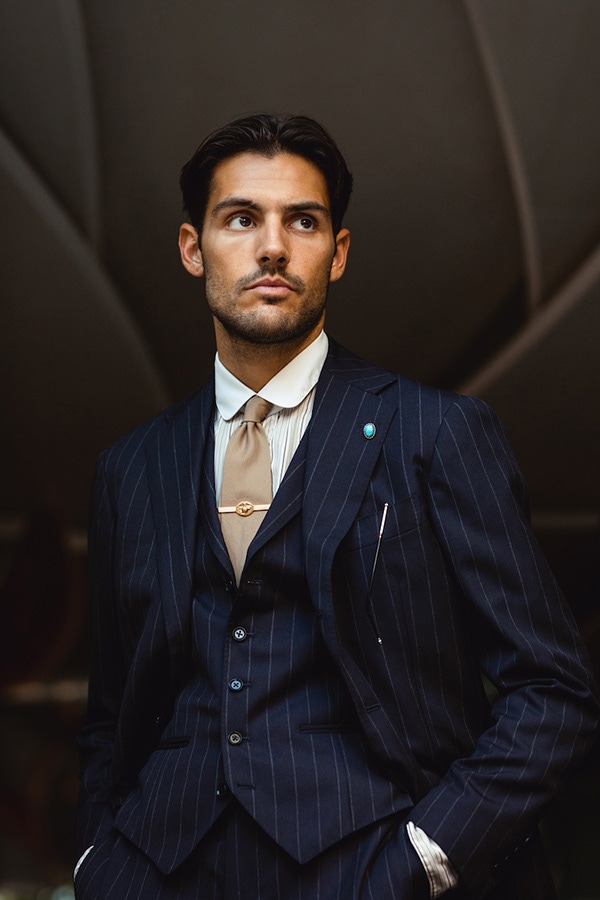
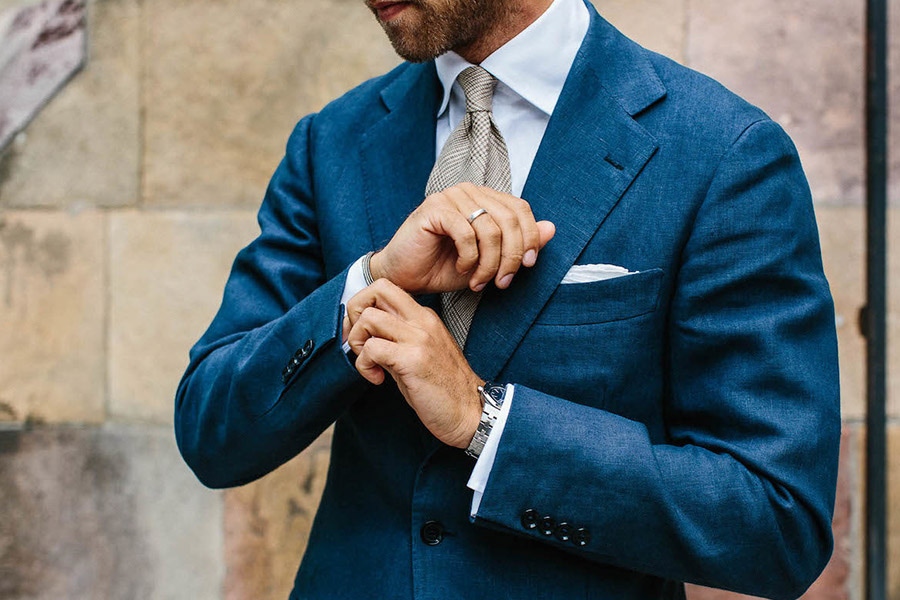
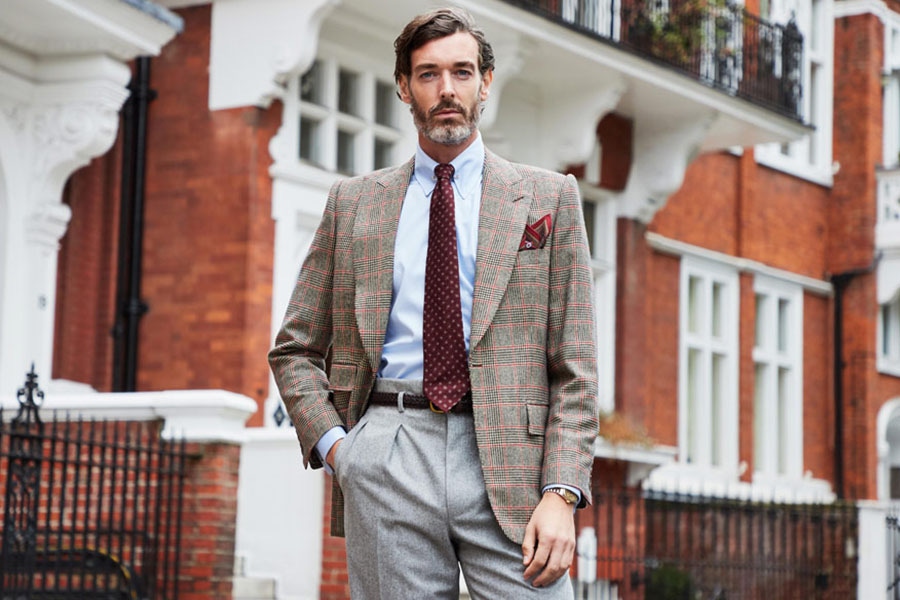
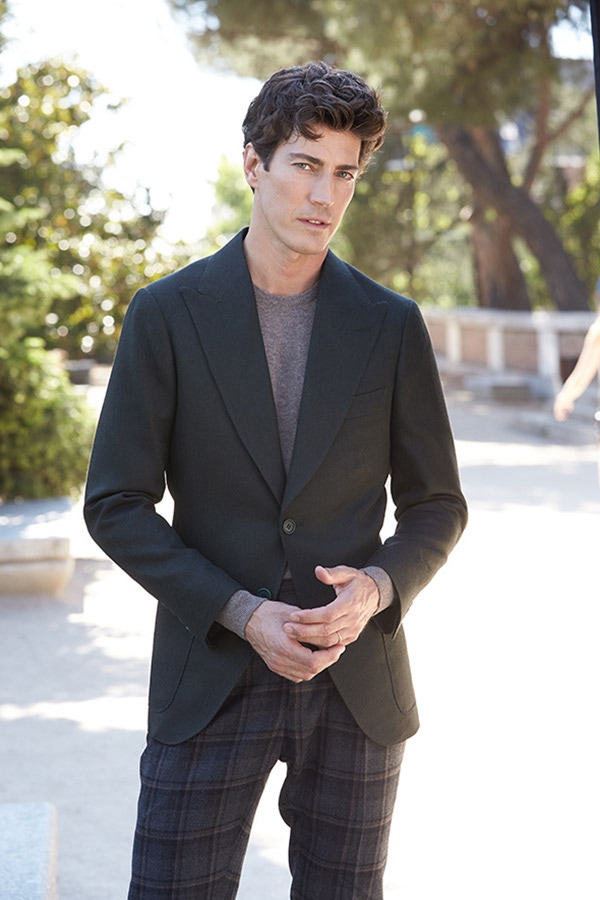
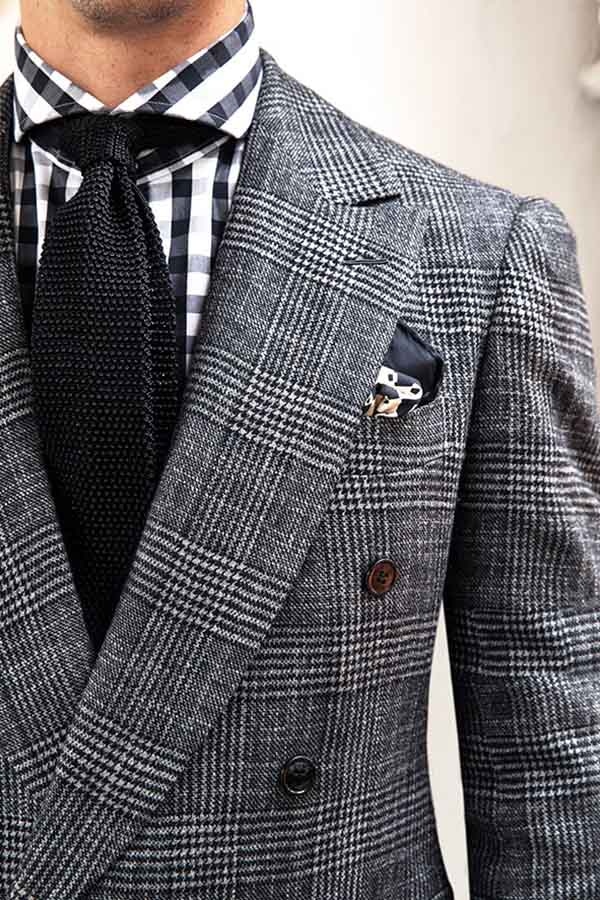
3) Properly sized buttons
Good buttons, like good cigars, are made in a wide range of gauges, each with a particular significance. And like cigars (which are measured to 1/64” of an inch) buttons have adopted their own idiosyncratic unit of measurement. Proper button makers use the “ligne” system, which was the unit of choice in pre-metric 18th century France and is also still used in the luxury watch world. Each button ligne has a purpose and good tailors will know that double-breasted jackets and overcoats require larger buttons. This will be overlooked in most ready-to-wear collections, where money can be saved by using the same button across all styles.
4) Linen should be unlined
Whether you prefer a structured suit or a more natural silhouette, certain cloths should be made with minimal lining. Porous cloths such as wool Fresco will breathe better with no lining at the back of the jacket, but it is essential for linen. Linen is very comfortable in hot, humid conditions and the wearer will accept a little crumpling in exchange for the improved circulation of air. Fully-lined linen jackets are a wasted opportunity, but lined linen trousers are pointless. Not only will they wear warm, but the additional lining actually makes them harder to press.
5) Lapels should roll
The art of tailoring is to take a piece of cloth, which is completely flat, and create a three-dimensional garment. This is achieved by a combination of pattern, construction and pressing. There are many different views regarding shoulders, with some preferring a natural style over a more structured version. Different tailors will also have a preference for how clean or full a chest should be. But lapels should never be flat against the body – they should roll elegantly. A bespoke suit will always have this feature but it can also be found in quality ready-to-wear.
